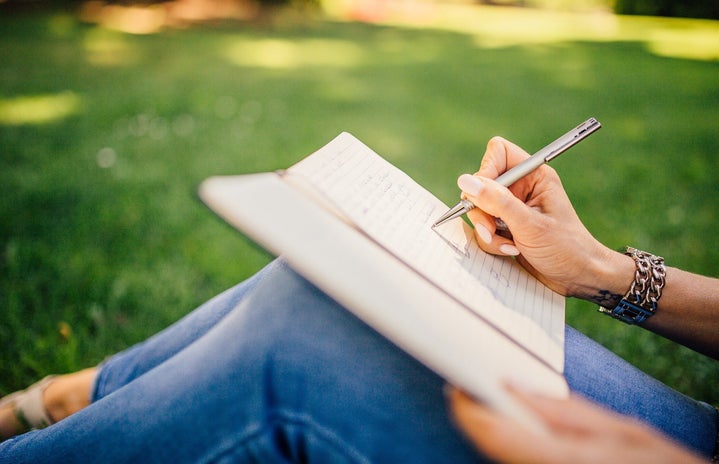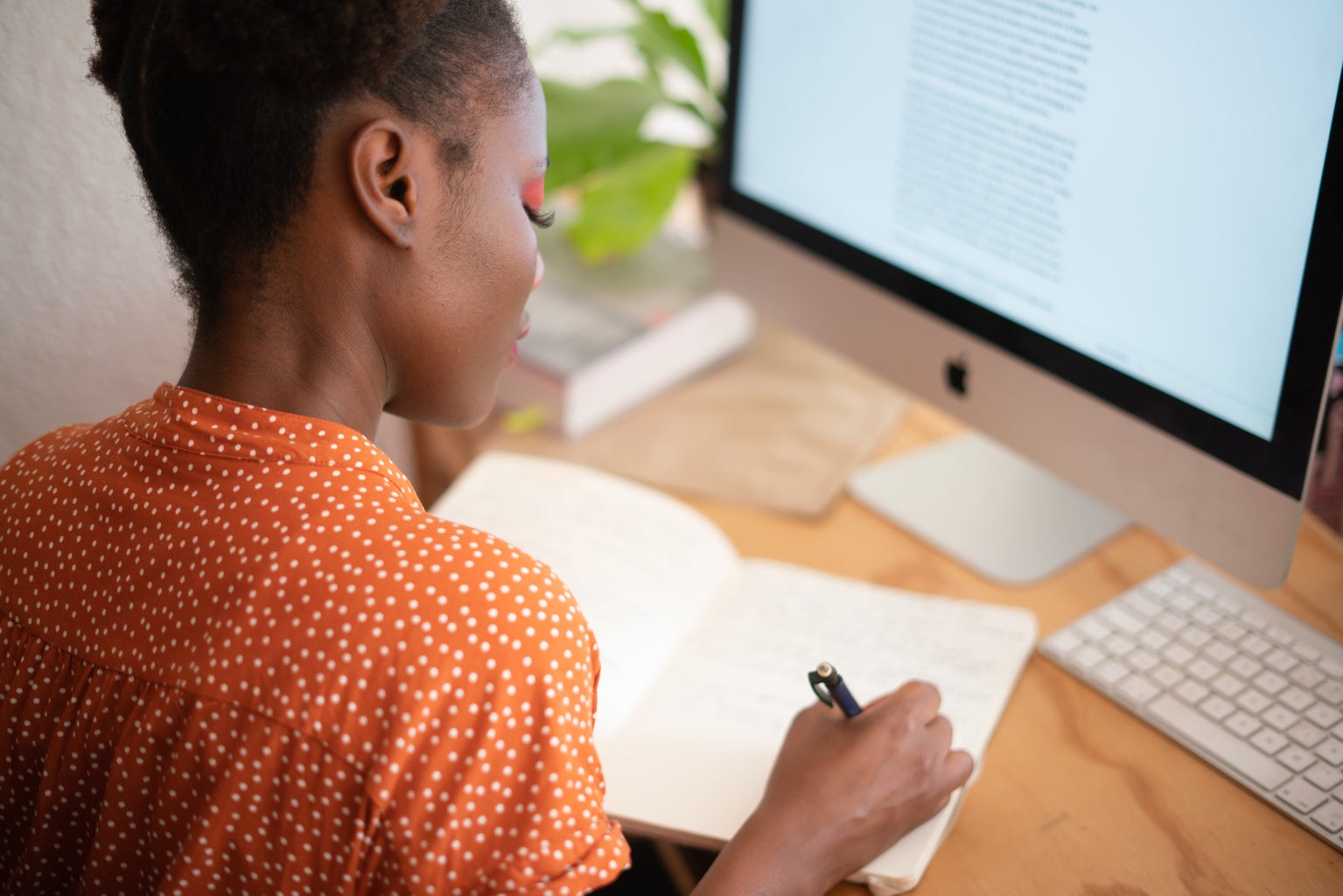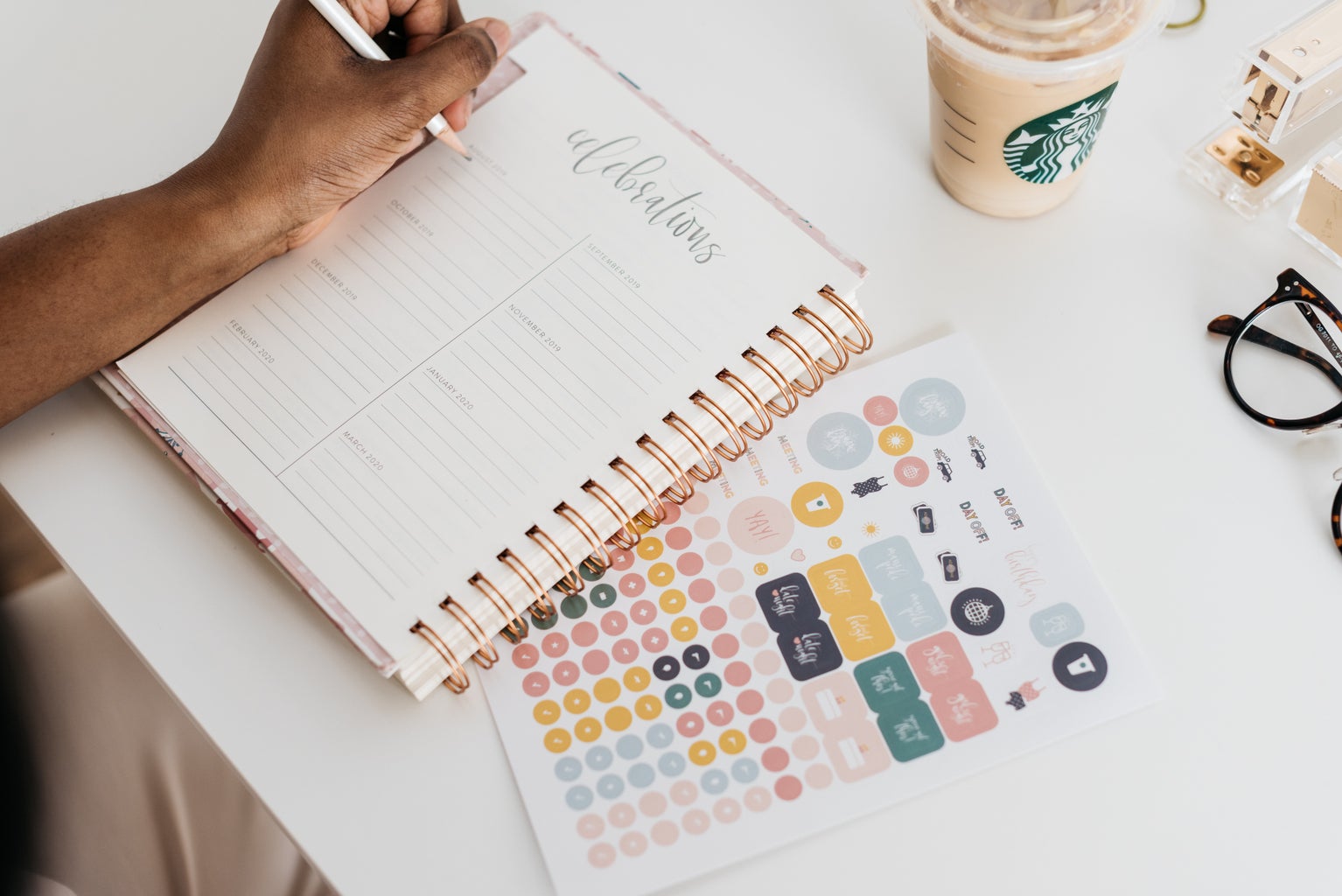I’ve never considered the act of journaling to be a hobby of mine. Throughout my childhood, I utilized journaling as a way to rant, to get my feelings out without burdening others. Now that I’m older, I’ve compiled a record of my past emotions without even realizing it, providing proof of my growth and healing all while serving as a cathartic, emotional release.
Journaling isn’t solely something I practice when I’m stressed. It’s something I’ve started working into my day-to-day life, filling in gaps of time between classes and swapping mindless scrolling for insightful streams of written thought. My journal has grown from something I kept in my desk drawer, to something I carry with me wherever I go, as its value has transcended further than solely an item for another rainy day.
As I move through my journaling journey, I’ve picked up several guiding methods and techniques. I hope these tips are useful for anyone starting their journaling journey (or hoping to switch things up!).
- Gratitude Journaling
-
In my opinion, gratitude journaling is the clearest in how it improves your mental health. I started gratitude journaling halfway through my freshman year, initially noting all the moments throughout the day that brought me joy, from simple dining hall lunches to concerts that I’d pay immeasurable sums to relive. By actively seeking reasons to be grateful in your daily life, finding these reasons becomes easier and sometimes automatic. Yet, I argue that gratitude journaling’s versatility is what makes this technique one of my favorites.
Recently, I’ve been practicing gratitude journaling differently. Instead of a daily notation of numerous events, I’ve honed in on a specific moment and elaborated on why I’m grateful for it. I don’t practice this daily, but it makes the excerpts I write hold more meaning. With this method, I’ve written about how jumping in puddles and having snowball fights keeps my childlike wonder intact, how lucky I am to be studying subjects I enjoy, and how grateful I am to live the life I’m living. All of these journal entries are love letters to every aspect of my life, even the bad parts.
- Making Lists
-
This is a new technique I’ve started to use, and it’s one I thoroughly enjoy. It’s exactly what it seems like: making a list consisting of things under a similar theme. In terms of bettering myself/my mental health, I’ve developed lists of “things I like about myself,” “things in the future that I’m excited for,” and “mundane things I enjoy about life.” These lists create easily readable categories of moments and characteristics that you can continuously add to. I also make silly lists, such as red flags in a person, moments in media that changed my life, and fictional men that I think are my soulmate, to not always center journaling around mental health, but rather allow it to be a fun hobby.
- Following a prompt
-
This technique may require a bit of additional googling, but its creativity allows you to explore a bit with your response. This method can be as abstract as you want it to be, or more realistic. Essentially, you write a journal entry as a response to whatever your prompt is. For example, a prompt could be, “write a letter to someone who’s wronged you.” While this might seem silly because you’re the only one who will see it, it provides a space to channel your energy and creativity. I like this technique mostly because it feels more unique, and spices up a rather mundane task.
- The classic: ranting with a pen and paper
-
Of course, I’d be remiss if I didn’t include the classic technique. This reliable method is definitely one that’s taught me the most. When I started journaling, I used this method as one to release negative feelings. But now, I use this method with different intentions. My goal is to discover something new every time I rant through my journal. I like to search for a deeper reason why I may feel a certain way since feelings, especially negative ones, typically are not so black and white.
These tips may not work for everyone, but I’ve learned that the more techniques and journaling variations I’m familiar with, the more well-rounded my journal entries will be. Each technique may serve a different purpose which is extremely beneficial for the nuanced human experience.
Also — if you’re looking for soft background music for your journaling, here is a link to my Spotify playlist, “too soft for all of it,” my go-to for journaling before bed after a long day!
At the end of the day, let your emotions guide you with journaling. It is not a set action with defined rules: get creative and try something new!
Want to keep up with HCBU? Make sure to follow us on Instagram, like us on Facebook, check out our Pinterest board, watch us on TikTok, and read our latest Tweets!




